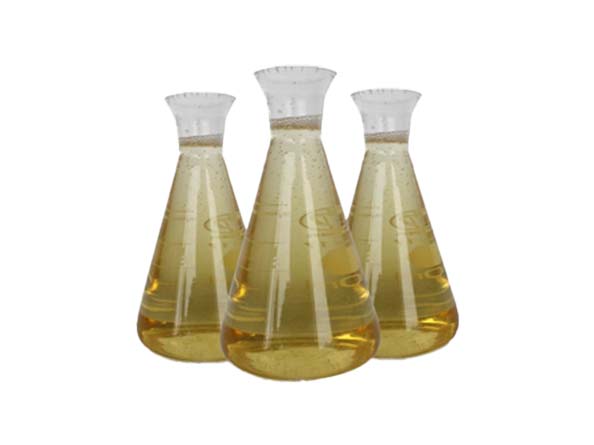Ultra-high purity standard
Purity ≥99.5% (HPLC test), mercaptan content (-SH) ≥99.0%, moisture content ≤0.1%, heavy metal content ≤1ppm (in accordance with USP/EP standard)
Excellent chemical properties
Molecular formula: C3H6O2S, Molecular weight: 106.14, Boiling point: 110-112°C (10mmHg), Flash point: >110°C, Density: 1.218 g/cm³ (25°C)
Special Quality Assurance
Colorless to slightly yellow transparent liquid, characteristic mercaptan odor (can be reduced by special process), peroxide content ≤10ppm, residual solvent content ≤0.05%
Stability performance
Long-term stability under nitrogen protection, recommended storage temperature 2-8°C, sealed and protected from light storage period ≥ 24 months
Application Performance Advantages
Excellent coordination ability (forming stable complexes with metal ions), efficient free radical trapping ability, good water solubility and organic solvent compatibility,
controllable reactivity (pH-dependent)
Special Processing
Molecular distillation purification technology, low-temperature inert gas protection production process, three-stage filtration and purification system (0.2μm terminal filtration)
Quality Approvals
Compliance with USP/EP/JP Pharmacopoeia standards, ISO 9001:2015 quality management certification, REACH registration completed, complete COA/MSDS documentation
provided.
Polymer materials and polymer industry
Crosslinking agents and modifiers: used in the synthesis of polyurethane, epoxy resins, through the participation of sulfhydryl groups in the reaction to improve the
flexibility of the material or heat resistance rubber processing.As vulcanization accelerator, enhance the elasticity and durability of rubber.

Surface treatment and metal protection
Metal corrosion inhibitors: sulfhydryl groups form stable complexes with metal ions (e.g. copper, silver) and are used in electroplating solutions or metal surface treatment
to prevent oxidation.
Self-assembled single molecule membranes (SAMs): form ordered film layers on the surface of gold, silver, etc., used in sensors or nanotechnology.

Pharmaceutical & Biotechnology
Cross-protein modification: sulfhydryl groups can react with disulfide bonds or amino groups of proteins for drug coupling (e.g., antibody-drug couplers, ADCs) or biomarkers.
Antioxidants: as free radical scavengers, with potential use in cosmetics or pharmaceutical formulations (subject to rigorous safety assessment).

Chemical synthesis and catalysts
Intermediates for organic synthesis: used in the synthesis of pharmaceuticals, pesticides (e.g. insecticides) or other sulfur-containing compounds.
Ligand or catalyst: used as a ligand in transition metal catalyzed reactions to modulate the reaction activity.




